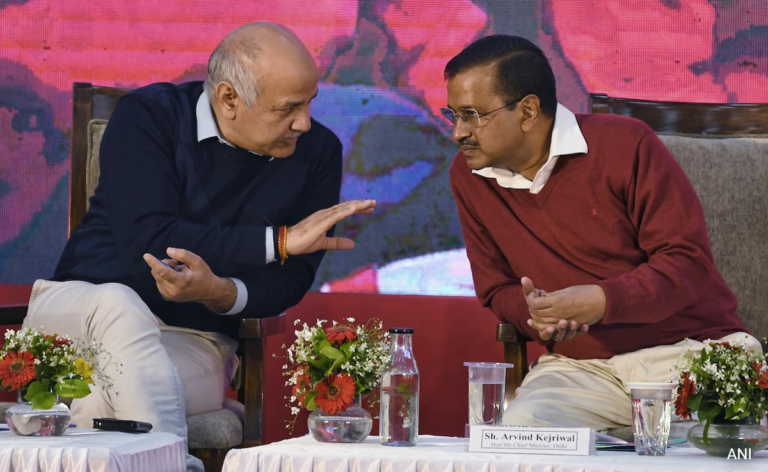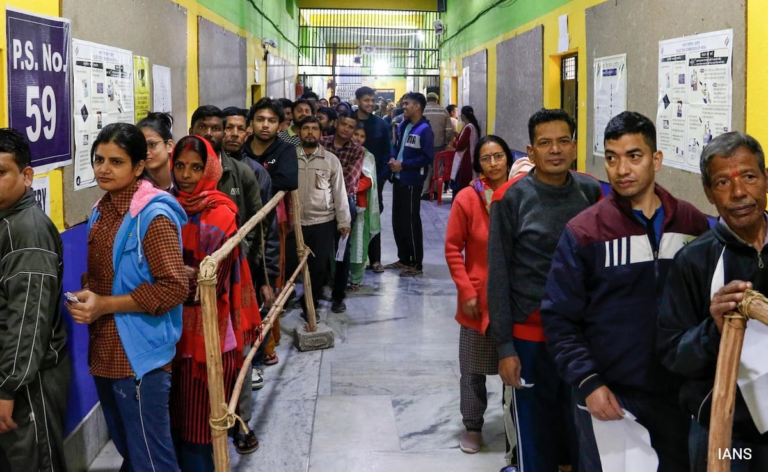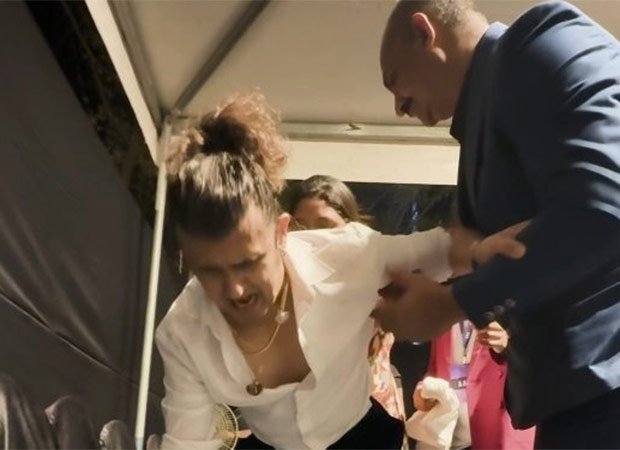
BENGALURU: Isro on Sunday successfully put into space 36 satellites of Bharti-backed OneWeb, enabling the completion of the UK firm’s first generation (Gen-1) Low Earth Orbit (LEO) constellation.
The GSLV-Mk3 (or LVM3) took off at 9am and completed the nearly 20-minute launch sequence before separation with textbook precision. S Mohan Kumar, mission director, LVM3-M3, said: “All orbital parameters were achieved. The 36 satellites were deployed in a sequential manner: nine steps and four satellites each.”
While the first two batches of satellites separated in the 19th minute, the next two happened 13 minutes later. The last 20 satellites separated out of visible range and final confirmation reached Isro after 10.10am.
Isro chairman S Somanath said: “I congratulate Isro on making LVM3 reliable, rugged and demonstrating its capabilities of launching large, heavy payloads into the right orbit without glitches.”
Sunday’s mission was the second dedicated commercial satellite mission undertaken by Space PSU NewSpace India (NSIL) for Network Access Associates Ltd (OneWeb), a UK-based firm.
NSIL CMD Radhakrishnan D said: “Having a repeat performance of any launcher is not easy and Sunday’s mission is momentous for us. (What’s special is) Using the cryogenic stage to do complex manoeuvre to meet OneWeb’s requirement to deploy 36 satellites.”
This marked LVM3’s – Isro’s heaviest launch vehicle yet – sixth successful launch, a record that will help India further commercialise the rocket in coming years. Sunday’s launch, OneWeb’s 18th to date, has taken the total satellites of the firm in orbit to 618 and the firm will next launch a series of spare satellites to augment the constellation.
Somanath said the space agency is looking at a PSLV commercial mission in April, another GSLV-Mk3 (for Chandrayaan-3) mission and a GSLV-Mk2 mission (for Nisar) in coming months.
The GSLV-Mk3 (or LVM3) took off at 9am and completed the nearly 20-minute launch sequence before separation with textbook precision. S Mohan Kumar, mission director, LVM3-M3, said: “All orbital parameters were achieved. The 36 satellites were deployed in a sequential manner: nine steps and four satellites each.”
While the first two batches of satellites separated in the 19th minute, the next two happened 13 minutes later. The last 20 satellites separated out of visible range and final confirmation reached Isro after 10.10am.
Isro chairman S Somanath said: “I congratulate Isro on making LVM3 reliable, rugged and demonstrating its capabilities of launching large, heavy payloads into the right orbit without glitches.”
Sunday’s mission was the second dedicated commercial satellite mission undertaken by Space PSU NewSpace India (NSIL) for Network Access Associates Ltd (OneWeb), a UK-based firm.
NSIL CMD Radhakrishnan D said: “Having a repeat performance of any launcher is not easy and Sunday’s mission is momentous for us. (What’s special is) Using the cryogenic stage to do complex manoeuvre to meet OneWeb’s requirement to deploy 36 satellites.”
This marked LVM3’s – Isro’s heaviest launch vehicle yet – sixth successful launch, a record that will help India further commercialise the rocket in coming years. Sunday’s launch, OneWeb’s 18th to date, has taken the total satellites of the firm in orbit to 618 and the firm will next launch a series of spare satellites to augment the constellation.
Somanath said the space agency is looking at a PSLV commercial mission in April, another GSLV-Mk3 (for Chandrayaan-3) mission and a GSLV-Mk2 mission (for Nisar) in coming months.
source
The post is published through a syndicated feed and attributed to Times Of India





